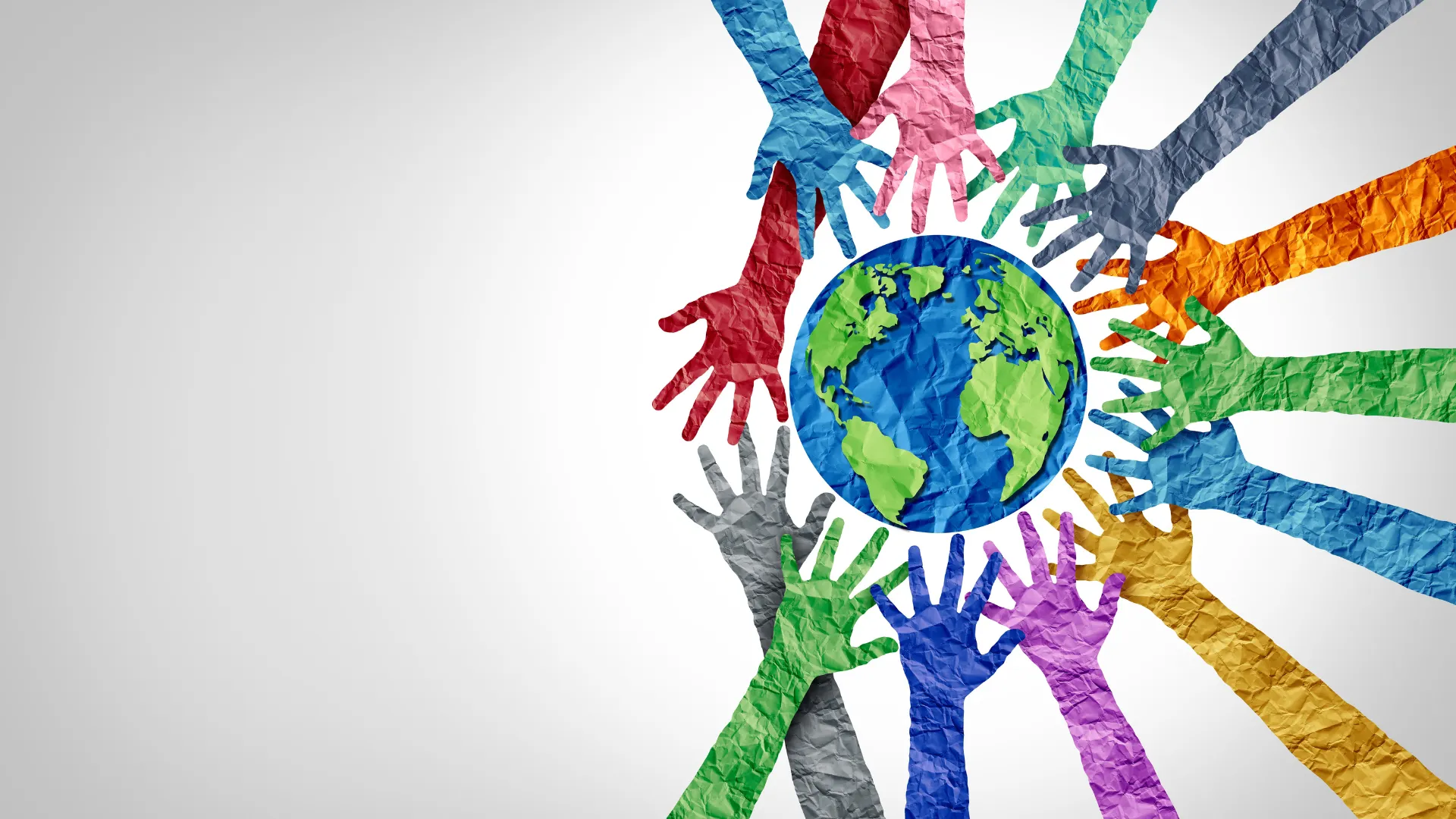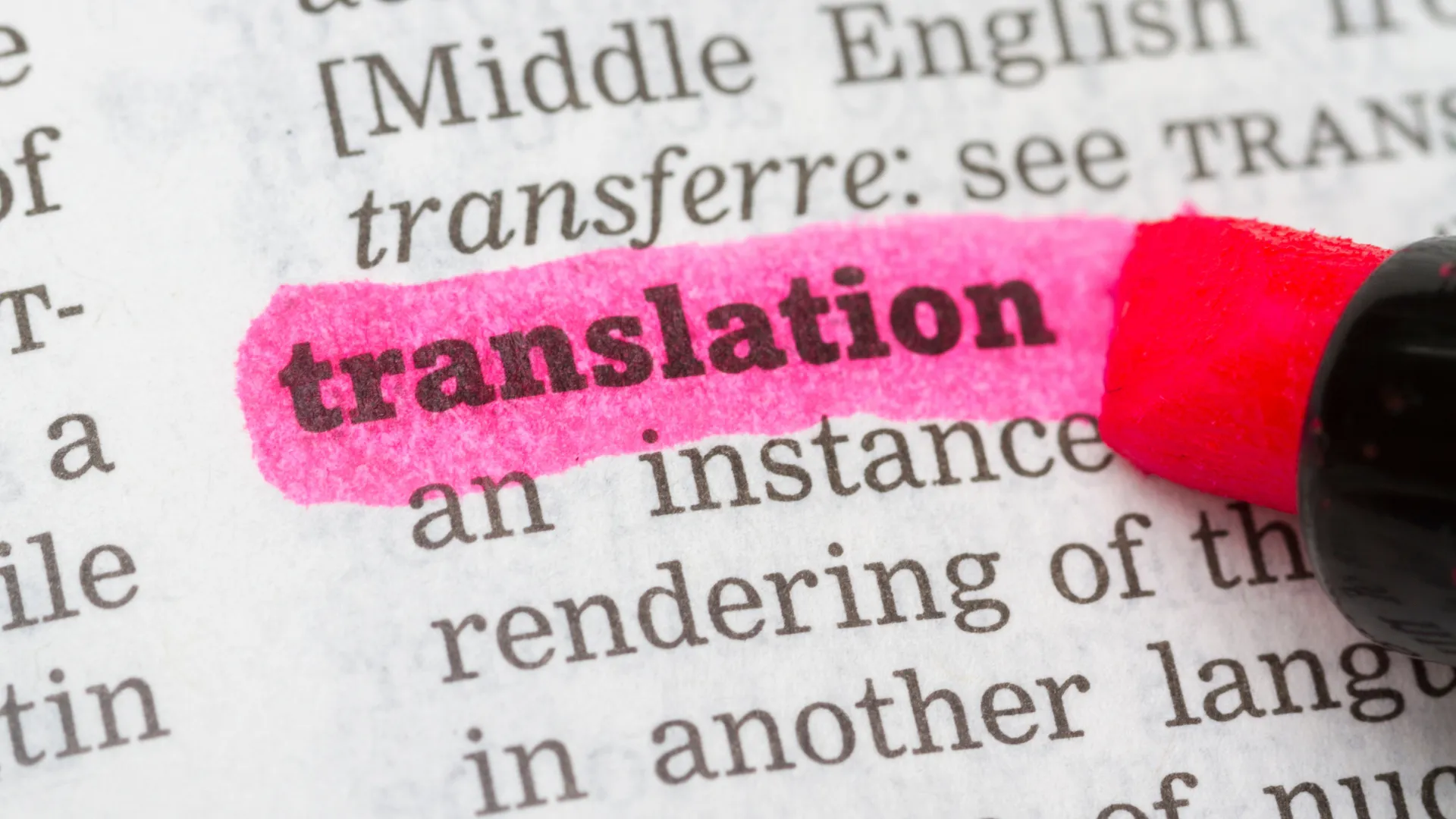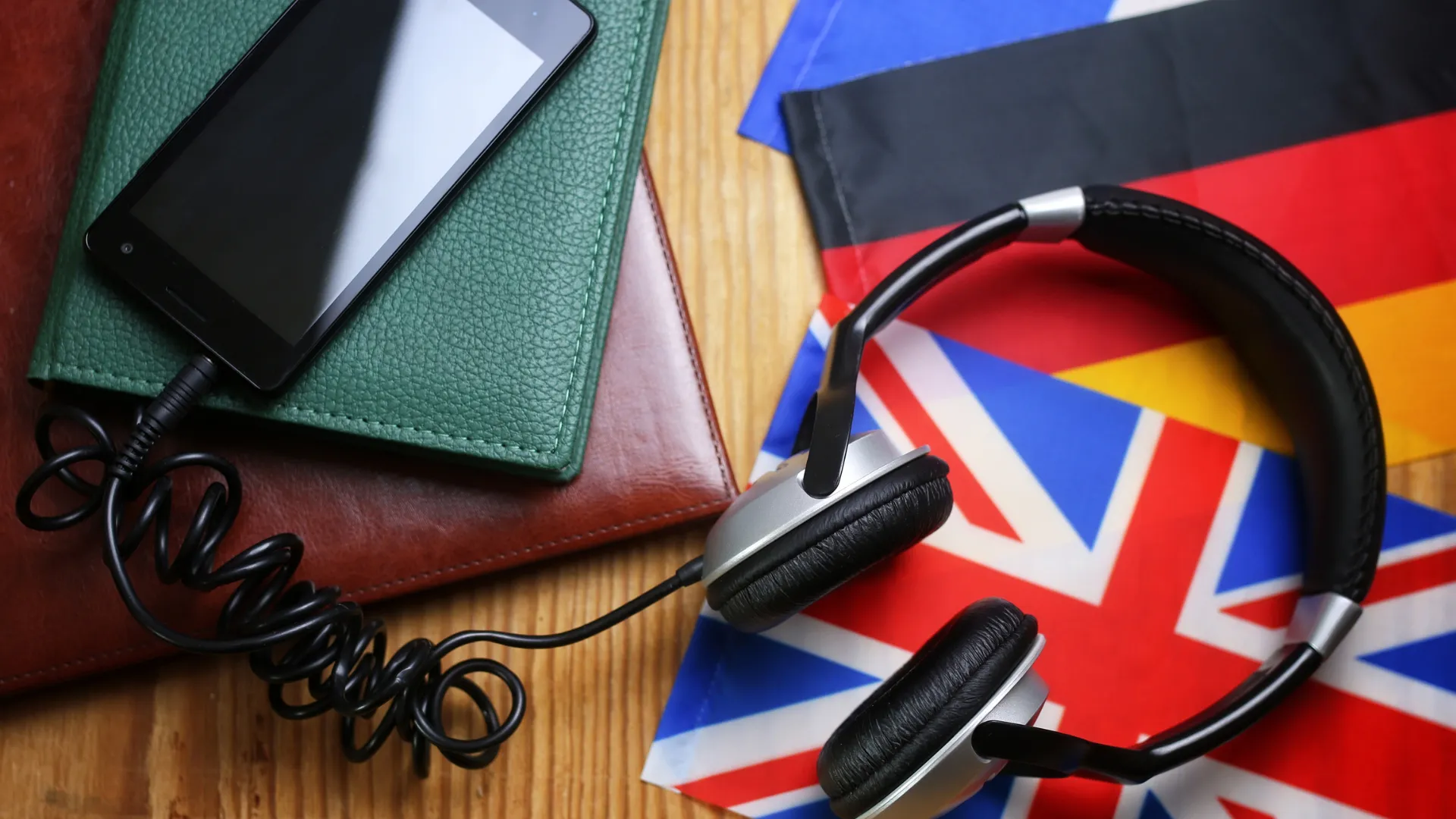Translation is much more than simply converting words from one language to another.
When translating into German, it is crucial to consider cultural differences to ensure that your message sounds natural, clear, and appropriate for the target audience.
At Tradikta, we know that a good translation not only respects the content but also carefully adapts it to the cultural context of the reader.
Here are the most important cultural aspects to consider when translating texts into German.
1. Formality and addressing in German
One of the most noticeable cultural differences is the degree of formality.
In German, the formal pronoun «Sie» is used when addressing strangers, clients, or people in formal settings, while «du» is reserved for informal contexts.
Choosing the correct form of address is crucial to maintaining professionalism and respect.
Example:
- Business correspondence should always use «Sie» and follow formal conventions.
2. Communication structure: clarity and order
German culture places a high value on clarity, logic, and structured communication.
German texts tend to be more direct and logically organized compared to Spanish texts, which may allow for more rhetorical expressions.
An effective German translation should:
- Use clear and precise language.
- Follow a coherent and logical progression of ideas.
3. Idioms and sayings
Literal translations of idioms and proverbs often lead to confusion or misinterpretation.
Every language has its own set of cultural references that need thoughtful adaptation.
Example:
- Spanish: «Más vale tarde que nunca.»
- German equivalent: «Besser spät als nie.»
A professional translation finds functional equivalents rather than translating word-for-word.
4. Humor and cultural references
Humor is one of the most challenging aspects to translate.
Jokes, puns, and cultural references may not have the same impact — or could even be confusing — if translated directly.
A skilled translator will:
- Evaluate whether humor can be adapted appropriately.
- If not, neutralize it while preserving the tone of the original text.
5. Expectations of accuracy and punctuality
Accuracy and punctuality are deeply rooted values in German culture.
This reflects directly in professional writing, where information must be factual, precise, and realistic.
Important aspects include:
- Presenting accurate and verified information.
- Avoiding vague or exaggerated claims.
Tips for culturally adapted translations
To ensure a successful cultural adaptation:
- Focus on conveying the meaning rather than just the words.
- Adapt the tone, style, and references for the German audience.
- Always work with professional translators who understand both source and target cultures.
At Tradikta, we ensure that every translation is not only linguistically correct but also culturally appropriate.
Why Tradikta is your ideal partner for culturally adapted translations
At Tradikta, we offer:
- Deep understanding of both Spanish and German cultures.
- Expertise in adapting texts for various industries (corporate, legal, marketing, academic).
- A commitment to the highest quality standards and cultural sensitivity.
Trust Tradikta to make sure your message resonates across cultural boundaries.
Request your culturally adapted translation here.
Conclusion
Understanding and respecting cultural differences is key to successful international communication.
When translating into German, every detail matters: the form of address, the structure, and the cultural references.
At Tradikta, we translate not just your words, but your message and values.
Frequently Asked Questions
Why is it important to consider cultural differences in translation?
Because a literal translation may fail to convey the intended meaning if it is not adapted to the target culture.
What cultural aspects influence translations into German?
Formality levels, communication styles, use of local references, and the logical structure of the text are key cultural factors.
What risks arise from not culturally adapting a text?
There may be misunderstandings, loss of credibility, or even offense to the audience, weakening the effectiveness of communication.
How does Tradikta ensure cultural adaptation in German–Spanish translations?
Tradikta combines linguistic expertise with deep cultural knowledge to deliver translations that sound natural and resonate with the target audience.










